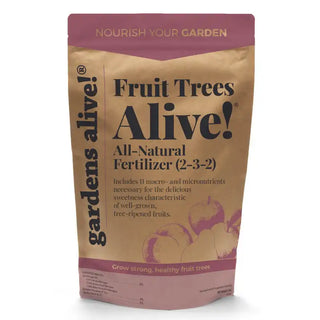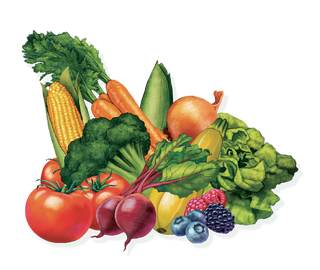Fig trees are prized for their large, tropical-like foliage and delicious fruits, which can be eaten fresh, dried, canned, or frozen—and figs are some of the easiest fruit trees to grow. Our garden pros look for fig trees that are easy to grow and produce flavorful fruits. We even offer hardy fig trees that can be grown in cooler climates.
Fig Trees for Sale by Gurney's
Fig Tree Varieties: Choosing the Right Fig Trees
When selecting a fig tree for your garden, first determine your grow zone. Most fig trees thrive in zones 7-10, but a hardy fig tree will grow well in zones 6. Many Northern gardeners grow fig trees in large pots and bring them indoors during the winter. Some people use fig trees as shade trees and privacy screens. Others prune them to be more shrub-like. If you have limited space, buy fig trees that are compact. Finally, consider the fruits. Figs can range in size, fruit color, seeds and flavor. Some are best for fresh eating, while others are best dried. The choice is yours.
How to Grow Fig Trees
While fig trees will grow in many soil types, the soil should be well-drained and in a location that receives full sun. In cooler regions, we recommend planting fig trees near the south side of a building. When selecting a site, choose one free of root-knot nematodes.
Most gardeners either plant a bareroot fig tree or potted fig tree. As a general rule of thumb, dig a hole that is twice the size of the root ball. For more information, watch our video about How to Plant a Fruit Tree and check out our gardening aids for additional garden help.
Where to Grow Fig Trees
While fig trees grow well in the edible landscape or yard, they can also be grown in containers. If growing in containers, choose a 30-gallon pot or half a whiskey barrel. Use a potting mix with lots of compost or well-rotted manure. Fig trees in containers should be placed in full sun and watered regularly.
How to Care For Fig Trees
During the summer months, fig trees require about 1 inch of water weekly. While they aren't heavy feeders, many fig trees benefit from annual fertilization, especially if the soil is not very fertile or the tree must compete with other plants for nutrients.
When to Prune Fig Trees
Fig trees may be pruned to control their size and to stimulate new growth. Prune fig trees in late winter. Cut out dead wood and branches that may be crossing. Also, you can trim the main stems to keep them at a manageable size.
How Big Do Fig Trees Get
Most fig trees grow 15-30 ft. tall. However, if a large fig tree is something you'd like to avoid, they can be pruned to a smaller size.
When To Harvest Fig Plants
While the harvest date will vary with the region, most figs ripen from September through frost. Figs should only be harvested when they are ripe--or fully colored and slightly soft. Because birds and squirrels also eat figs, some gardeners net their fig trees.









